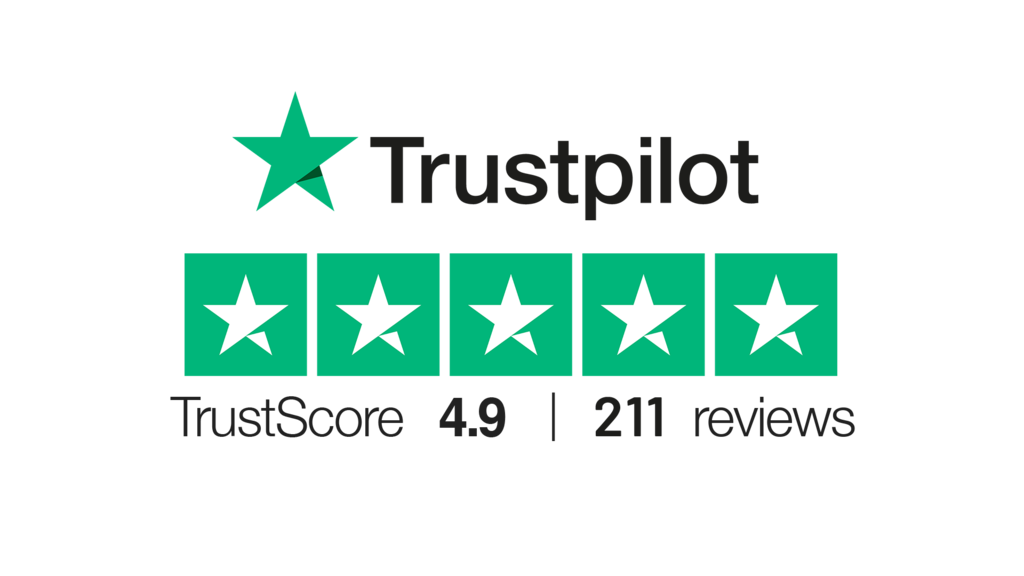Who Is the Ideal Candidate for Hair PRP Therapy?
Table of Contents

Who Is the Ideal Candidate for Hair PRP Therapy?
Hair PRP (Platelet-Rich Plasma) therapy has gained popularity as a non-surgical solution for hair loss, but it is not suitable for everyone. The ideal candidate for PRP therapy is someone experiencing early-stage hair loss or thinning who still has active hair follicles. This treatment works by stimulating dormant follicles to encourage new growth and improve hair density. Individuals looking for a natural, minimally invasive option to address hair loss may benefit the most. Understanding who can achieve the best results from PRP therapy ensures patients have realistic expectations and successful outcomes.
Candidates with Early-Stage Hair Loss
The most suitable candidates for PRP therapy are those in the early stages of hair thinning or pattern baldness. This includes men and women with androgenetic alopecia, which causes gradual hair loss typically starting from the crown or hairline. Since PRP relies on rejuvenating existing hair follicles, it is most effective when hair follicles are still active. The earlier PRP therapy is started, the higher the chances of slowing hair loss and encouraging regrowth.
Exclusions: Who May Not Be Eligible for PRP?
Certain individuals may not be ideal candidates for PRP therapy. Those with completely bald areas where follicles are inactive are unlikely to see significant benefits. Additionally, individuals with medical conditions such as platelet disorders, chronic illnesses, or autoimmune diseases may not respond well to PRP. Pregnant or breastfeeding women, as well as individuals taking anticoagulants, are also advised to avoid the treatment. A thorough consultation with a qualified specialist is crucial to determine eligibility.
Factors That Enhance PRP Success
Certain lifestyle and health factors can improve the effectiveness of PRP therapy. Candidates with a healthy scalp, good overall health, and no smoking habits typically experience better outcomes. Maintaining a balanced diet, managing stress levels, and following a hair care routine can further enhance the benefits of PRP. Combining PRP therapy with other treatments such as microneedling or FDA-approved medications can also optimize results.
How can I determine if I’m a candidate for PRP?
A consultation with a hair restoration specialist is essential. They will evaluate your scalp condition, hair loss stage, and medical history to assess suitability.
Can PRP regrow hair in completely bald areas?
PRP is less effective in areas with no active hair follicles. It works best in thinning areas with dormant but functional follicles.
Is PRP therapy safe for older adults?
Yes, as long as the individual is in good health and has active follicles, age is not a barrier to receiving PRP therapy.
How long does it take to see results?
Most patients notice improvements in hair density and thickness after 3-6 months, with optimal results seen after multiple sessions.
Is PRP suitable for people with alopecia areata?
PRP may help some patients with alopecia areata, but results vary, and a specialist should evaluate each case individually.
Can I combine PRP with other hair treatments?
Yes, PRP can complement treatments like hair transplantation, microneedling, or topical medications for enhanced results.
Is PRP effective for seasonal hair shedding?
PRP may help reduce excessive shedding and strengthen hair follicles, making it a supportive treatment for seasonal hair loss.













